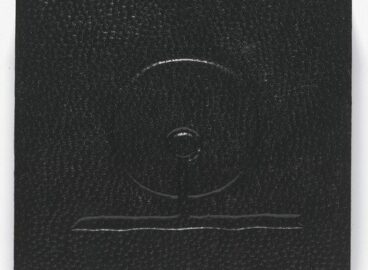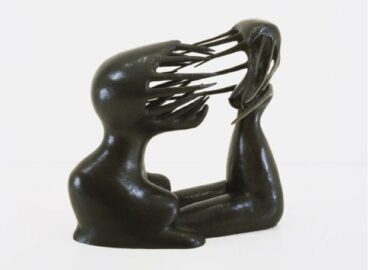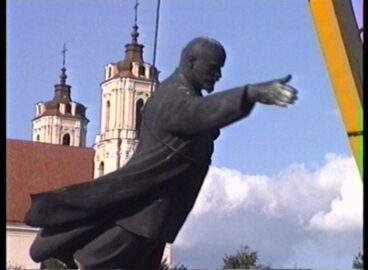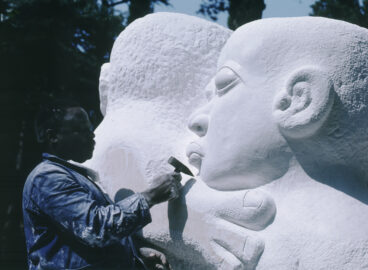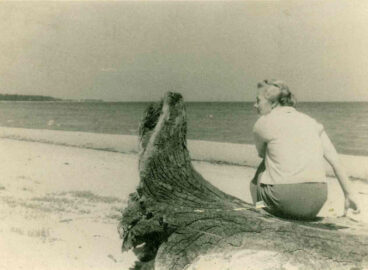Bibliographer David Senior takes a close look at Tadeusz Kantor’s Panoramiczny happening morski (Panoramic Sea Happening), which is in the collection of the MoMA Library. Senior was first exposed to this pamphlet-book on a 2010 C-MAP Central and Eastern European group trip to Warsaw. In Fall 2014, the Library at The Museum of Modern Art was very lucky to have acquired in this pamphlet of Kantor’s Happening from 1967. It is now catalogued and available for public researchers, who may request to see and (gently) handle this vibrant illustration of early Polish performance art.

Publications and printed ephemera are superb little carriers of the ideas, environments, and actions found in the various global conceptual art practices of the sixties and seventies. Specifically within political climates where the flow of information in print was controlled, these printed materials took on an increased import, providing connections to and from individuals and artists’ groups in different political settings. They often provided a venue for colleagues within local art communities to collaborate as well as allowed for the potential dispersal of ideas across a global network of artists, curators, and critics.
As the MoMA research group devoted to Central and Eastern Europe group studies the region’s art history of this period, we invariably come across exciting little books, often self-published documentation of the new kinds of conceptual work, particularly performances and group activities, that became influential at the time. We came across one of the more memorable pamphlets during a 2010 study trip in Warsaw at the Galeria Foksal, an influential gallery/archive founded in 1966 and still active today. We were shown, from the gallery’s archive, a thin, stapled book that documents Tadeusz Kantor’s Panoramiczny happening morski (Panoramic Sea Happening).
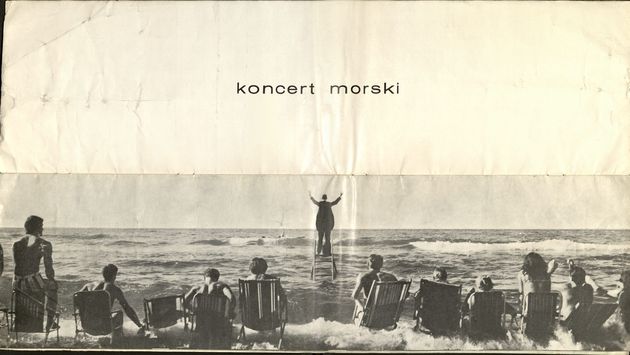

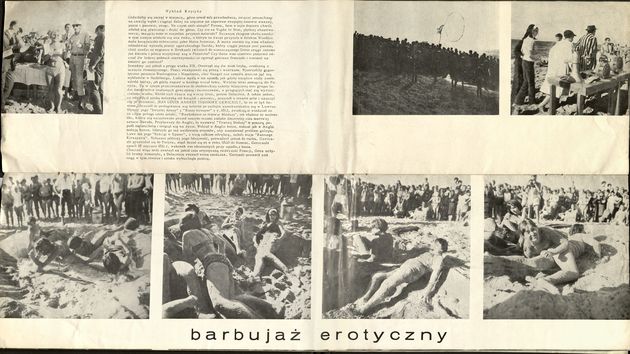
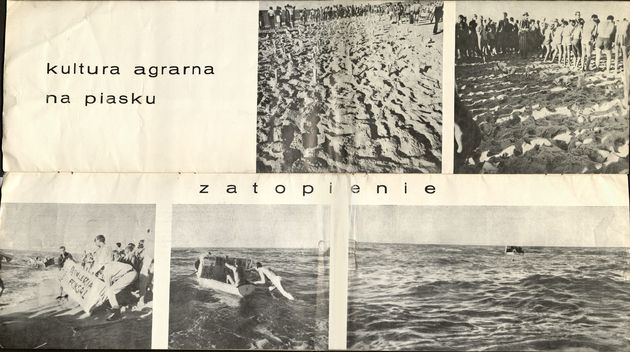
Each spread of the pamphlet documents the different parts of Kantor’s Happening with many photographs, and the participants are identified in each section. The Happening occurred in a small seaside town called Łazy in August of 1967, and it was produced in collaboration with the gallery. Kantor is generally credited for these events, but photographic documentation makes clear that this one was a group activity. Many of the images serve as tableaux of the participants in the scene around Galeria Foksal in its early years. On the third page, Eustachy Kossakowski’s photograph of the “Sea Concert” is reproduced. In this image, the painter Edward Krasiński stands on a platform a few yards into the surf, “conducting” the sea while a group of people sitting in beach chairs in the foreground constitute an audience. This image has become iconic documentation of the artists, scholars, and performers surrounding the Galeria Foksal as well as of the history of performance practices in Eastern and Central Europe at the time.
In Fall 2014, the Library at The Museum of Modern Art was very lucky to have acquired in this pamphlet of Kantor’s Happening from 1967. It is now catalogued and available for public researchers, who may request to see and (gently) handle this vibrant illustration of early Polish performance art.
Here is the link to the book, which is available for scholarly research, in our database.
